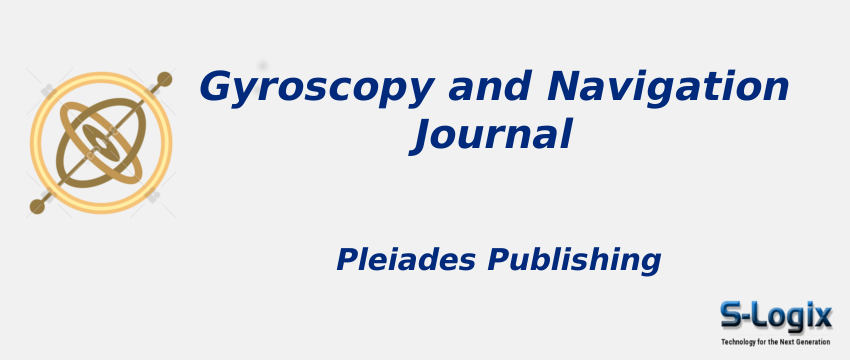Journal Home: Journal Homepage
Editor-in-Chief: Vladimir G. Peshekhonov
Print ISSN: 2075-1087
Electronic ISSN: 2075-1109
Abstracting and Indexing: Scopus
Imapct Factor :
Subject Area and Category: Computer Science, Computer Science (miscellaneous), Engineering, Control and Systems Engineering, Electrical and Electronic Engineering
Publication Frequency:
H Index: 25
Q1:
Q2:
Q3: Computer Science (miscellaneous)
Q4:
Cite Score: 2.2
SNIP: 0.435
Journal Rank(SJR): 0.286
Latest Articles: Latest Articles in Gyroscopy and Navigation
Guidelines for Authors: Gyroscopy and Navigation Author Guidelines
Paper Submissions: Paper Submissions in Gyroscopy and Navigation
Publisher: Pleiades Publishing
Country: Russian Federation
